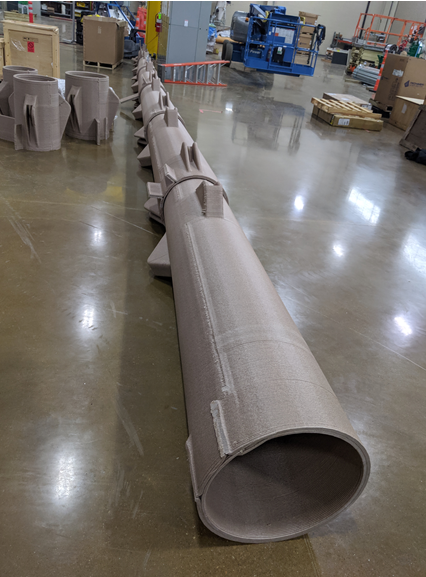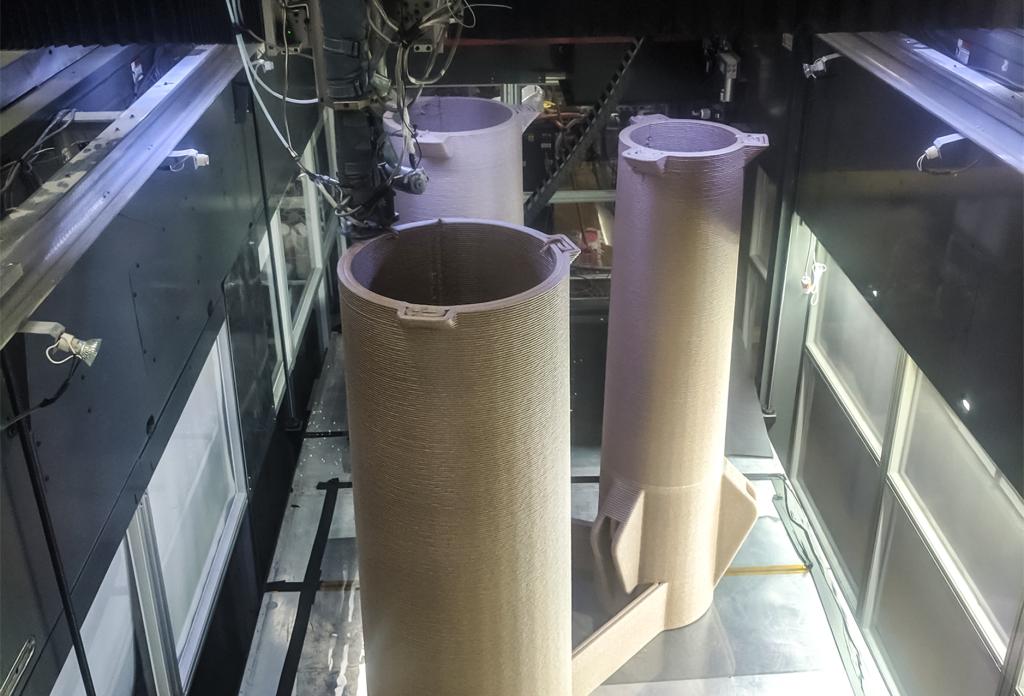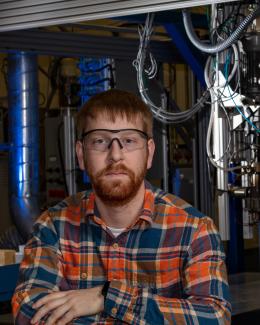
A team of researchers at Oak Ridge National Laboratory demonstrated the ability to additively manufacture power poles from bioderived and recycled materials, which could more quickly restore electricity after natural disasters.
Using the Big Area Additive Manufacturing system, the team 3D printed a 55-foot pole designed as a closed cylindrical structure. They evaluated three different composite materials with glass fibers including cellulose ester, recycled polycarbonate and bamboo fiber reinforced polystyrene.
“We developed a modular design that is easy to manufacture, transport and assemble,” ORNL’s Halil Tekinalp said. “Sections within the pole can also be customized to accommodate wires and different heights can be supported, too.”
The ability to 3D print power poles with locally harvested materials such as wood debris and trees makes production and installation more efficient. Future research efforts will focus on increasing production efficiency and improving material performance.







